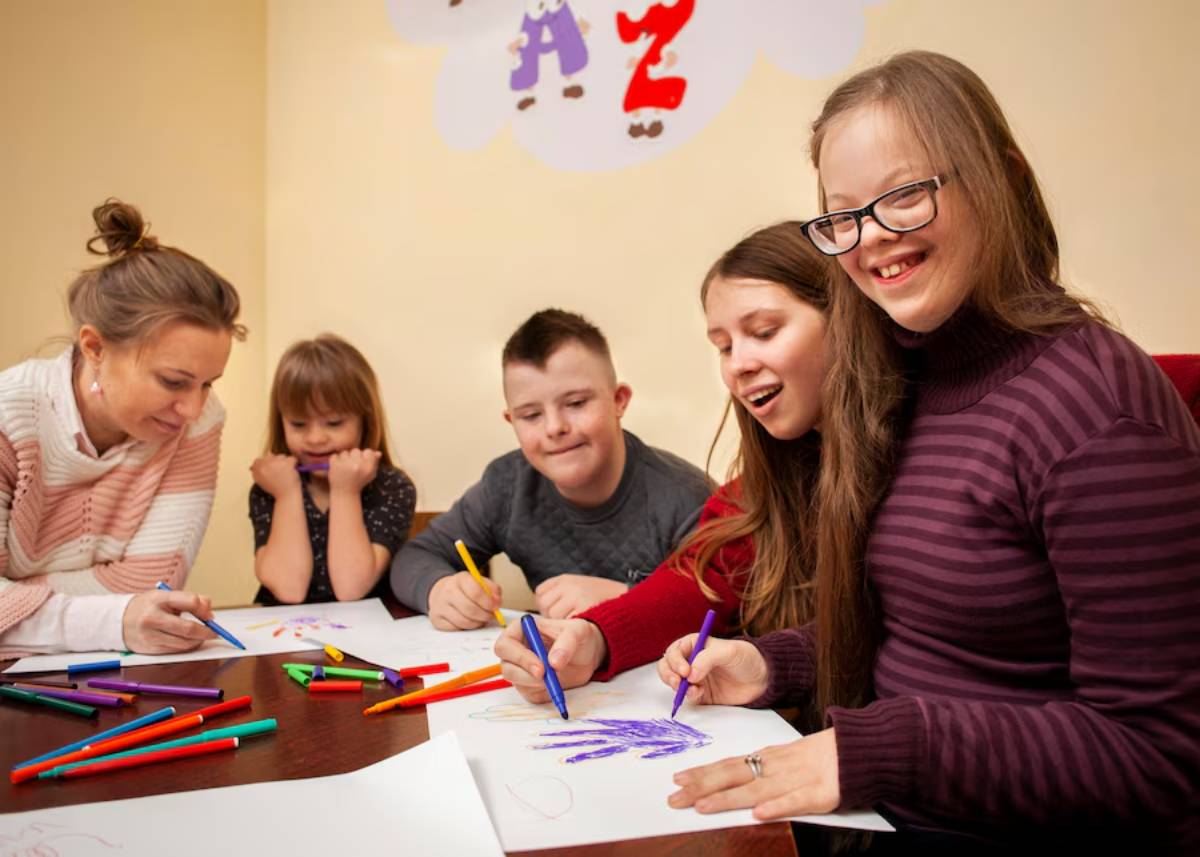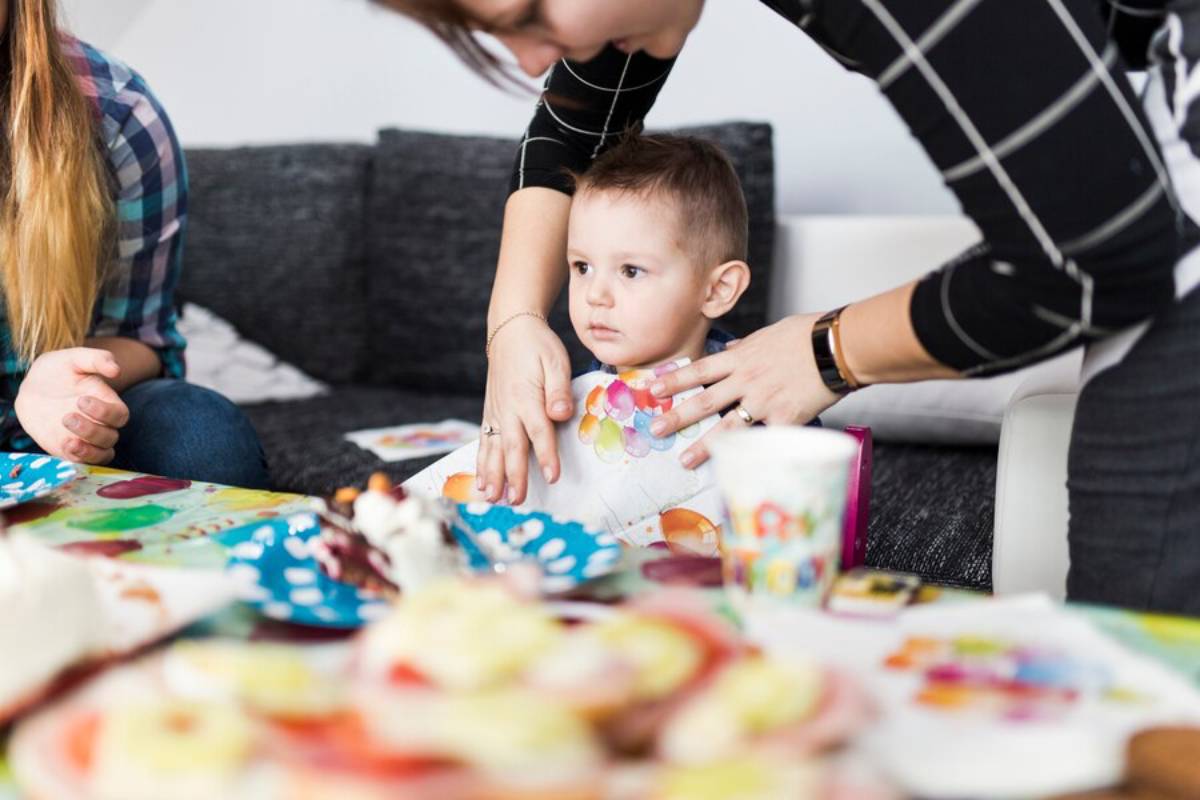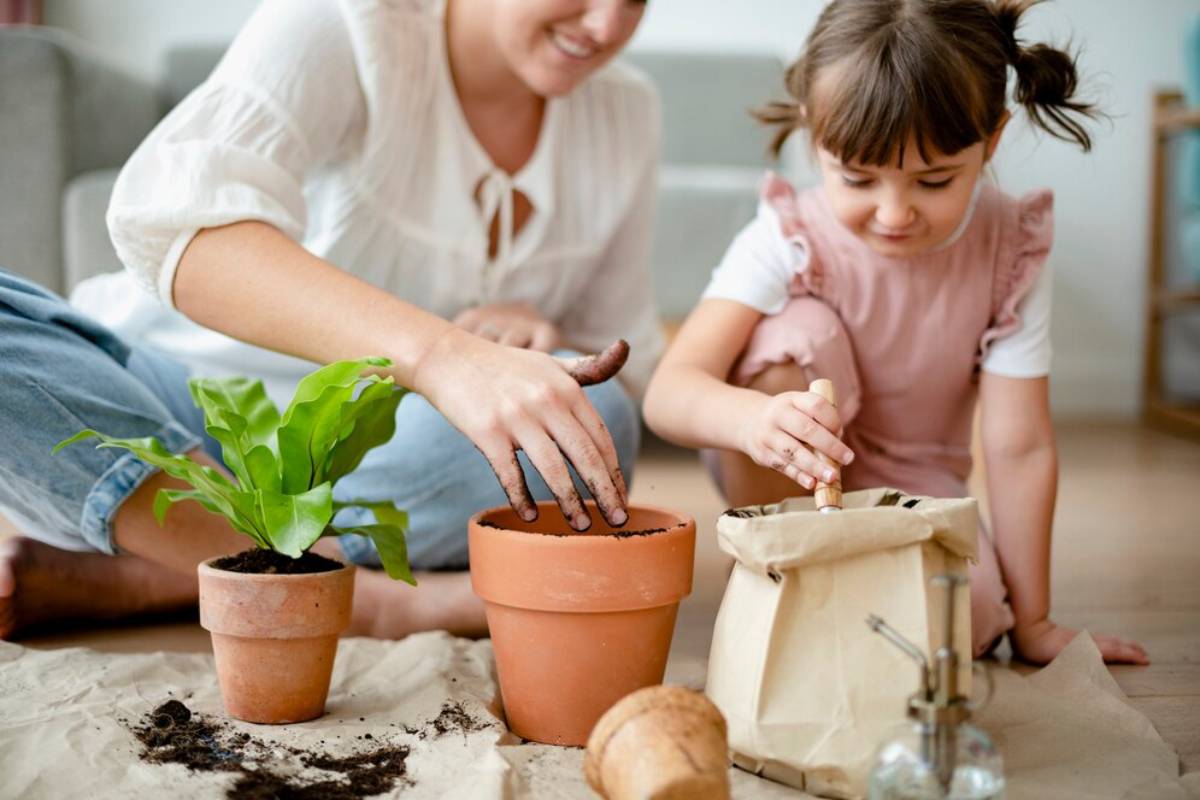
Social-Emotional Milestones in Early Childhood: Understanding Your Toddler’s Journey
Every day is a new opportunity for discovery and accomplishment in the mythical realm of early childhood. Social-emotional milestones of early childhood: What parents and caregivers should know. This knowledge is essential to helping a child grow and flourish. These milestones include a toddler’s ability to relate to others, regulate emotions, and establish a sense of self. But why are these turning points so vital, and how can they best be supported? This blog is about the importance of social-emotional milestones. It offers insights into toddler social milestones, emotional growth, and baby behaviour stages.
Why Social-Emotional Development Matters
The Foundation of Lifelong Learning
Social-emotional development is key to a child’s future. It helps them build healthy relationships, manage their emotions, and learn with confidence. In their early years, children learn physical and thinking skills. They also start to build the foundations for how they will handle social and emotional situations later in life.
Kids with strong social-emotional skills often make good friends. They can handle stress, deal with frustration, and solve conflicts on their own. These skills affect how well they do in school, their future relationships, and their mental health.
Real-Life Applications for Parents and Carers
Knowing toddler social milestones helps parents and caregivers meet their child’s needs better. For example, when a child is 18 to 24 months old, they start to show empathy. If a parent sees their child comforting a crying sibling, they can praise this behaviour. Knowing that tantrums peak between ages two and three helps caregivers stay patient. This way, they can guide children instead of feeling frustrated.
Everyday moments, like helping a child wait for their turn or name their feelings, offer valuable chances for growth. By taking small, consistent actions, adults can help build emotional intelligence early on.
Backed by Research
Research supports the profound importance of social-emotional development in early childhood. The National Scientific Council on the Developing Child says that early skills are key. They strongly predict success in school and work later on. Studies show that preschoolers with good emotional control are more likely to finish school and keep stable jobs as adults.
Supporting a child’s social and emotional growth isn’t a bonus in parenting. It’s key to their long-term development and future chances.
Understanding Key Milestones
Every child grows at their own speed. Still, many toddlers reach similar social-emotional milestones. These include:
- 12 to 18 months: Kids begin to prefer familiar faces. They might feel anxious when separated. Also, they start showing emotions like joy, frustration, and affection.
- 18 to 24 months: Toddlers often play beside others rather than with them. They start to assert their independence, frequently saying “no.” They might also try to comfort friends who are upset.
- 24 to 36 months: Children begin to play together more. They show a wider range of emotions. They might also develop fears or anxiety about imaginary events or monsters.
- 36 to 48 months: Preschoolers can label emotions better. They start to grasp sharing and fairness. Also, they show more empathy and a desire for friendship.
Knowing where your child fits in this wide developmental range helps you adjust your support and expectations.
Best Practices and Pitfalls to Avoid
Beyond the Basics
To help your child grow socially and emotionally, have intentional and meaningful interactions. Here are a few proven practices:
- Engage in imaginative play: Role-playing with dolls or action figures helps kids explore emotions and social situations.
- Read stories full of emotions: Books with diverse characters help kids understand feelings and see different perspectives.
- Model emotional regulation: Children learn a lot from watching adults. Calmly expressing your feelings and discussing tough times shows them how to handle their emotions.
Mistakes and Misconceptions
Many people think kids will just “figure out” their feelings and how to interact with others. Much learning happens naturally but needs guidance, modelling, and reinforcement.
Another frequent mistake is reacting negatively to emotional outbursts. Instead of punishing a tantrum, it’s better to validate your child’s feelings. Teach them ways to express themselves that are acceptable. For example, saying, “I see you’re upset about the toy—let’s take a deep breath,” shows you understand their feelings and gives them a way to cope.
Avoid comparing your child’s behaviour to that of other children. Development is not a race, and each child will hit milestones on their own timeline.
Deeper Insights from Experts
The Growth of Empathy and Perspective
As children approach age three and beyond, their social-emotional world expands significantly. This is when you may start noticing early signs of empathy and moral reasoning. Children begin to understand that others have feelings and needs separate from their own.
Encourage talks about feelings. Also, introduce activities that build compassion. For example, ask your child how a storybook character feels. You can also involve them in simple acts of kindness, like making a card for a friend. These activities help them learn to see things from others’ viewpoints.

Interventions and Early Education Approaches
Many early childhood education programs now include social-emotional learning (SEL) in their curriculum. These programs help kids recognise feelings, solve problems, and build a positive self-image and understanding of others. Research shows that kids in SEL programs often behave better in class. They also have a more positive attitude toward school and perform better academically.
Parents can help by showing SEL principles at home. They can talk about feelings openly. They should treat mistakes as chances to learn. Also, they should value emotional intelligence as much as grades.

Creating a Nurturing Environment
Your home environment plays a crucial role in your toddler’s emotional development. Children thrive in settings where they feel safe, loved, and understood. Simple routines, steady responses, and quality time with caregivers help build emotional security.
Physical touch, like cuddles or holding hands, helps toddlers feel connected and soothed. Eye contact, active listening, and showing empathy are key. They help kids feel valued, even when you set boundaries.
Try creating a “calm space” in your home—a corner with pillows, books, and soothing toys—where your child can retreat when overwhelmed. This encourages self-regulation and reinforces the idea that all emotions are valid.
Conclusion: Nurturing Social-Emotional Growth in Early Childhood
Social-emotional milestones are vital in early childhood development. They shape how children relate to other people and manage their emotions. Knowing these milestones helps parents and caregivers support their kids’ growth and learning.
Just remember: Every kid is different, and they’re on this journey all on their own. Take your time with each phase and celebrate the mini milestones in between. Whether it’s a hug offered to a friend in distress or your toddler learning to use their words instead of tears, these moments matter deeply.
So, as you continue this path with your child — how can you lend your support toward their emotional development, bit by bit, day by day? Whether it’s playing, telling a story, or simply being there, your participation leaves a mark. What are some specific actions you can take right now to help your child develop emotional and social skills? How did you feel about these claims? Now, we can share learning as we work through early childhood development.